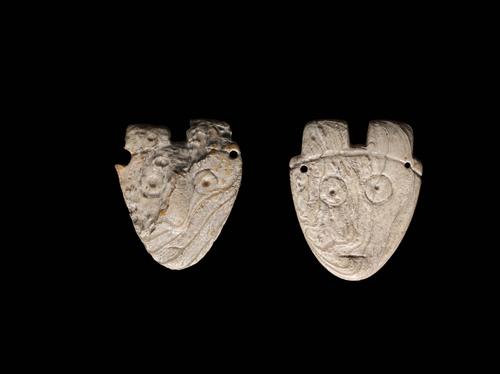Mississipian World
The Mississippian people (AD 800–1650) were the largest and most complex society to develop in the eastern half of North America. Living near rivers in the Midwest and Southeast, they created highly developed, agriculturally based communities that were mostly fortified and contained large earthen mounds and broad plazas. These towns and cities were the center of political, social, and ceremonial life in this period. Like many other cultures in the world, the Mississippians had a ranked society, which included commoners, warriors, ritual elite, and chiefs. These chiefs were often considered godlike by their people, sometimes referred to as the Sun. The economic basis for most of the Mississippian centers was the harvesting of flora (plants) and fauna (animals). Corn, or maize, was the dominant crop, but other plants, whether grown or gathered, such as beans, squash, sump weed, acorns, and sunflowers, played an important role. This plant-based diet was supplemented with large and small game, such as bison, deer, and rabbit, as well as fish.
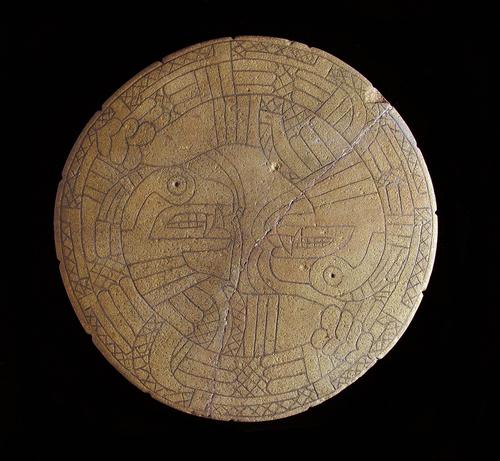
Issaquena Disk
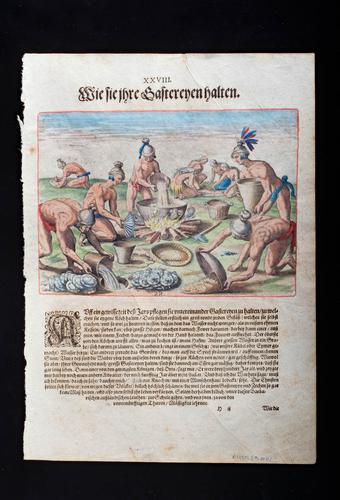
Preparations for a Feast
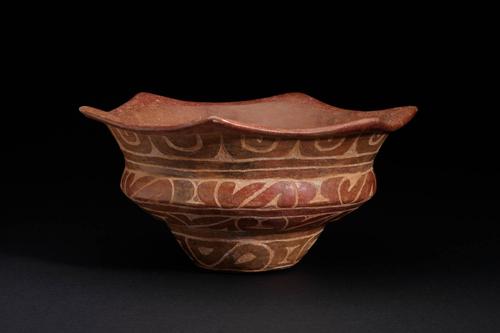
Scalloped-rim vessel
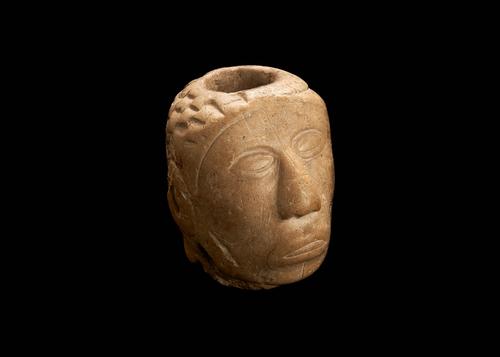
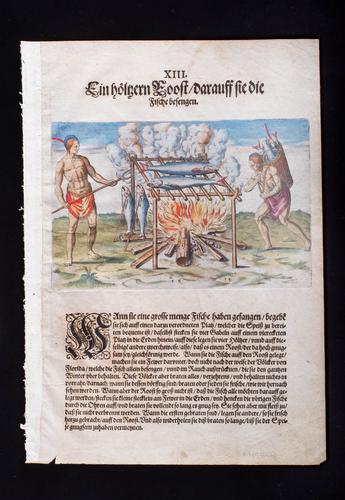
The Broiling of Their Fish over the Flame
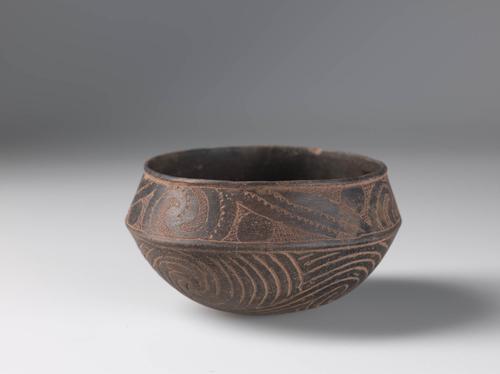
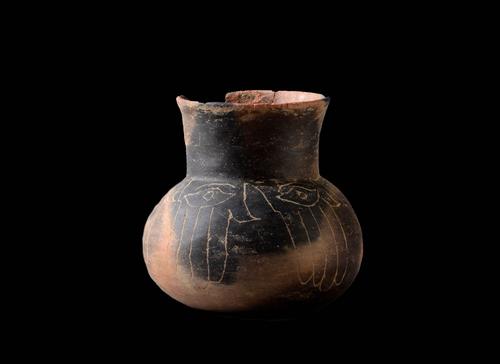
Jar with incised hands
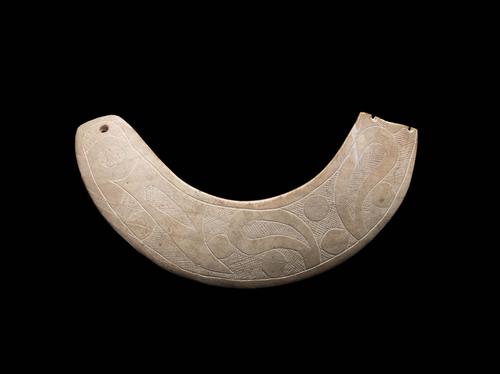
Incised shell gorget
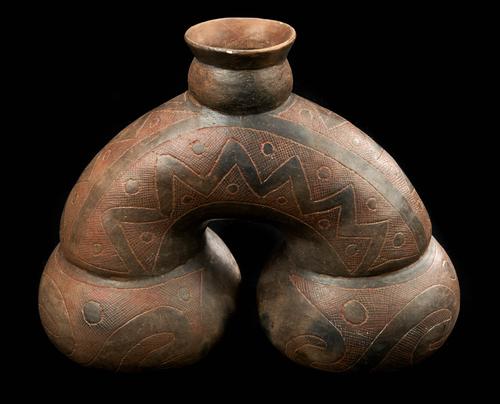
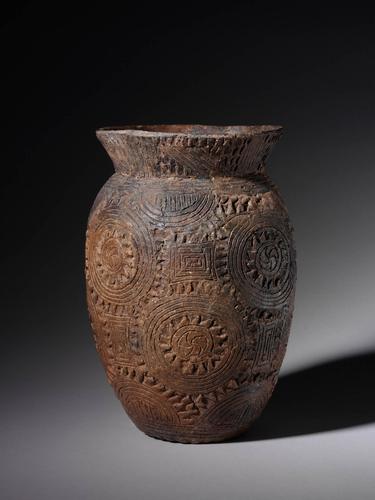
Haley Complicated Incised jar
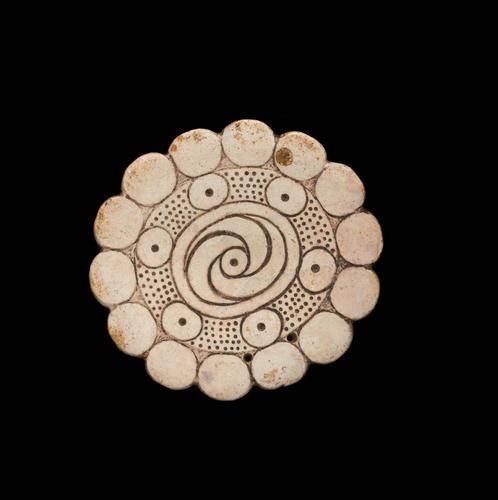
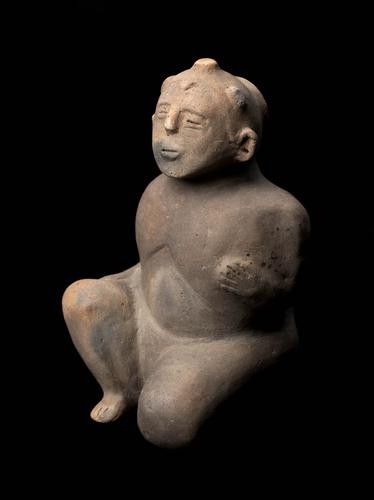
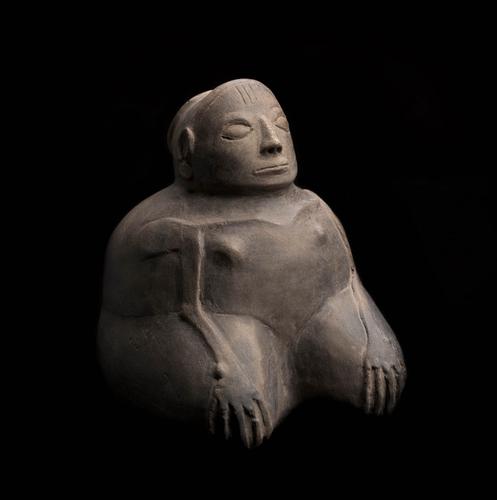
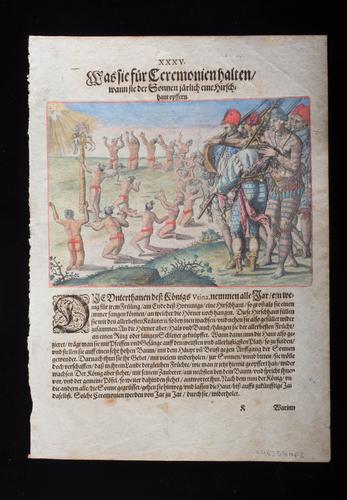
The Solemn Consecration of the Skin of a Stag to the Sun
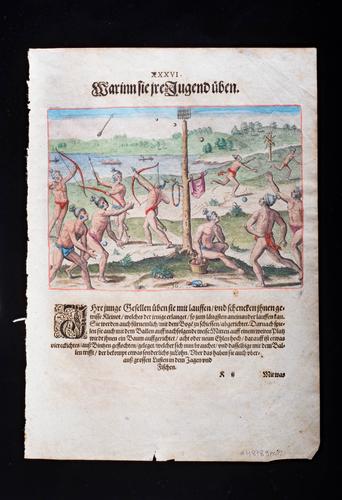
Exercise of the Youths
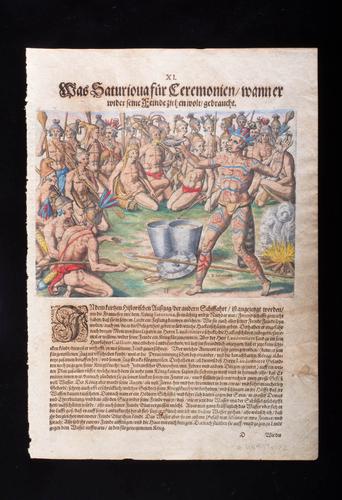
Ceremonies Performed by the Satourioua before Setting off to War
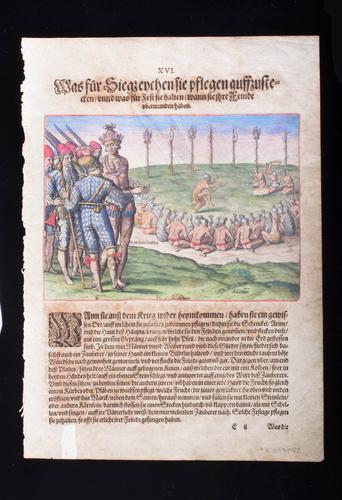
The Erection of Trophies and the Ceremonies Intended to Celebrate the Defeat of the Enemy
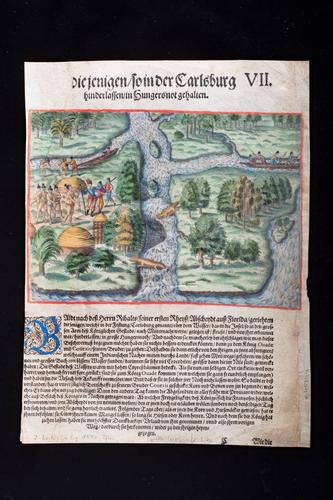
The French Sail up the River in May
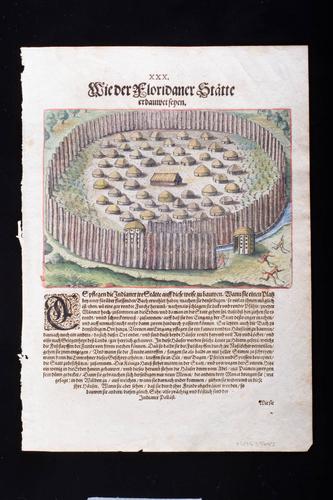
How the Floridians construct their fortified towns
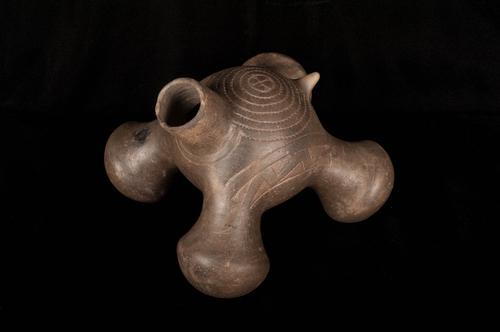
Turtle effigy vessel
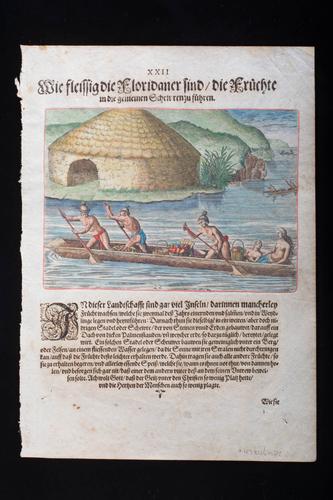
The Industry of the Floridians in Storing the Products of the Harvest

The Recreational Walks of the King and Queen
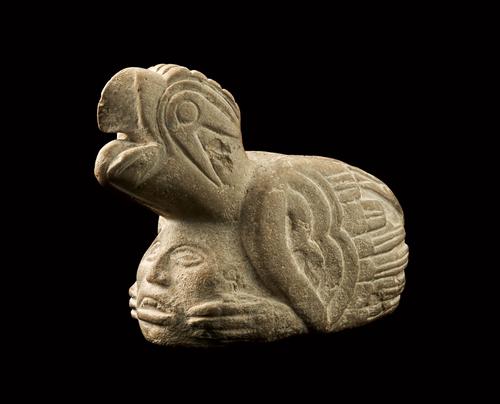
Raptor with human head effigy pipe
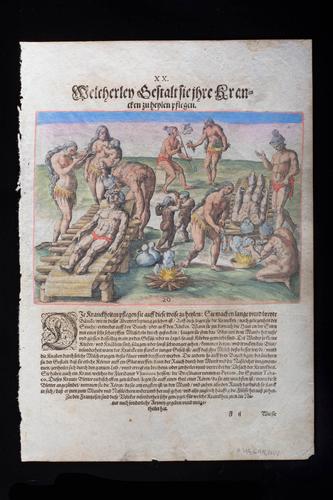
At the Beginning of a Campaign Outina Consults His Sorcerer
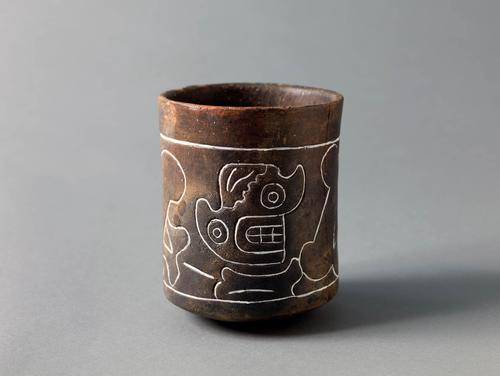
Cup with incised long bone and skull motifs
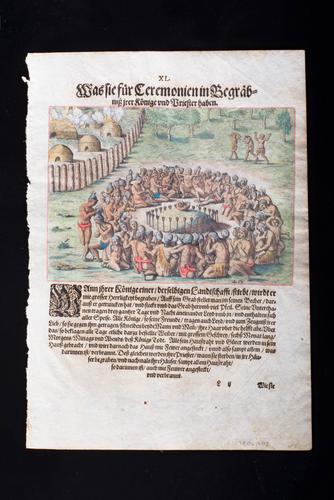
Funeral Ceremonies in Honor of King and Queens
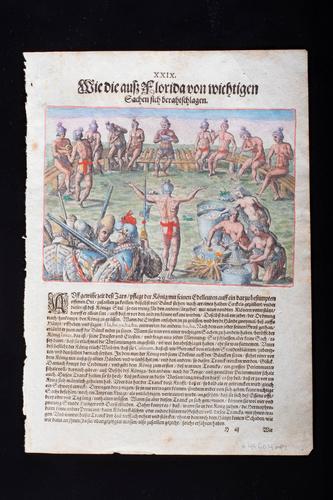
How the Floridians Deliberate on Important Matters
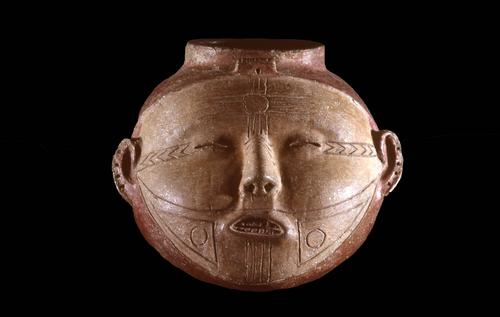
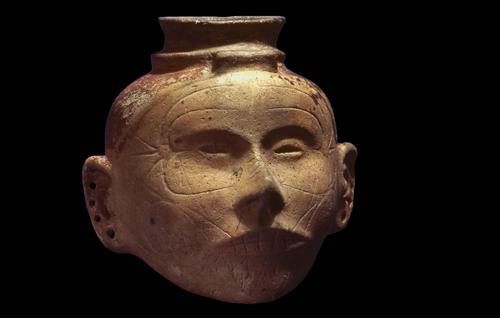
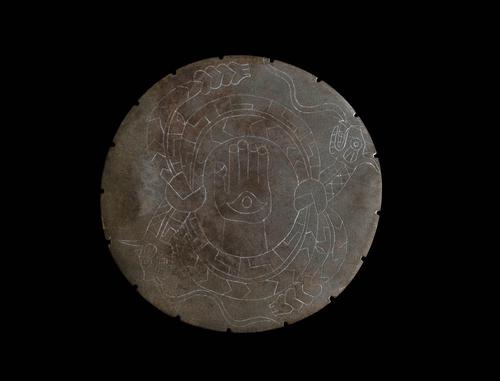
Rattlesnake Disk

Engraved conch shell of falcon warrior
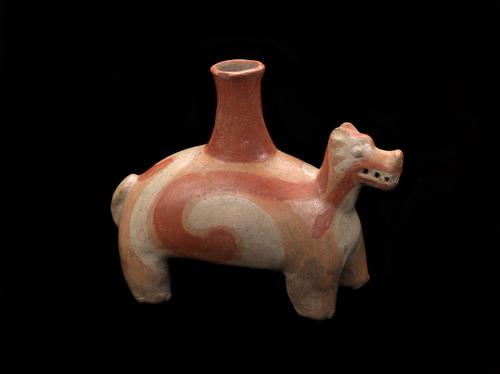
Animal effigy bottle of Underwater Panther
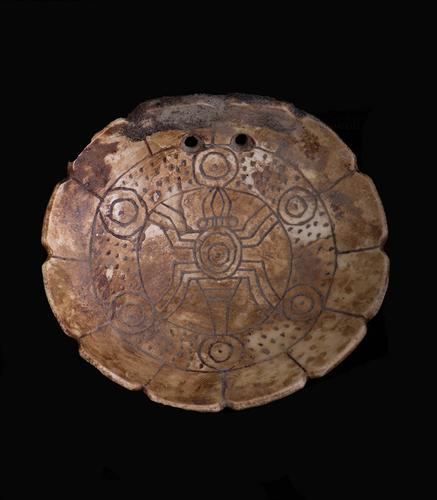
Engraved gorget with spider and cosmic motif
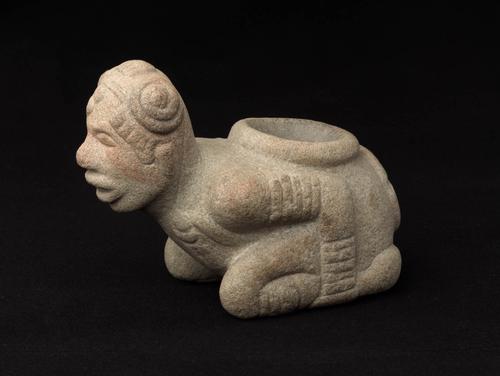
Kneeling figure effigy pipe
